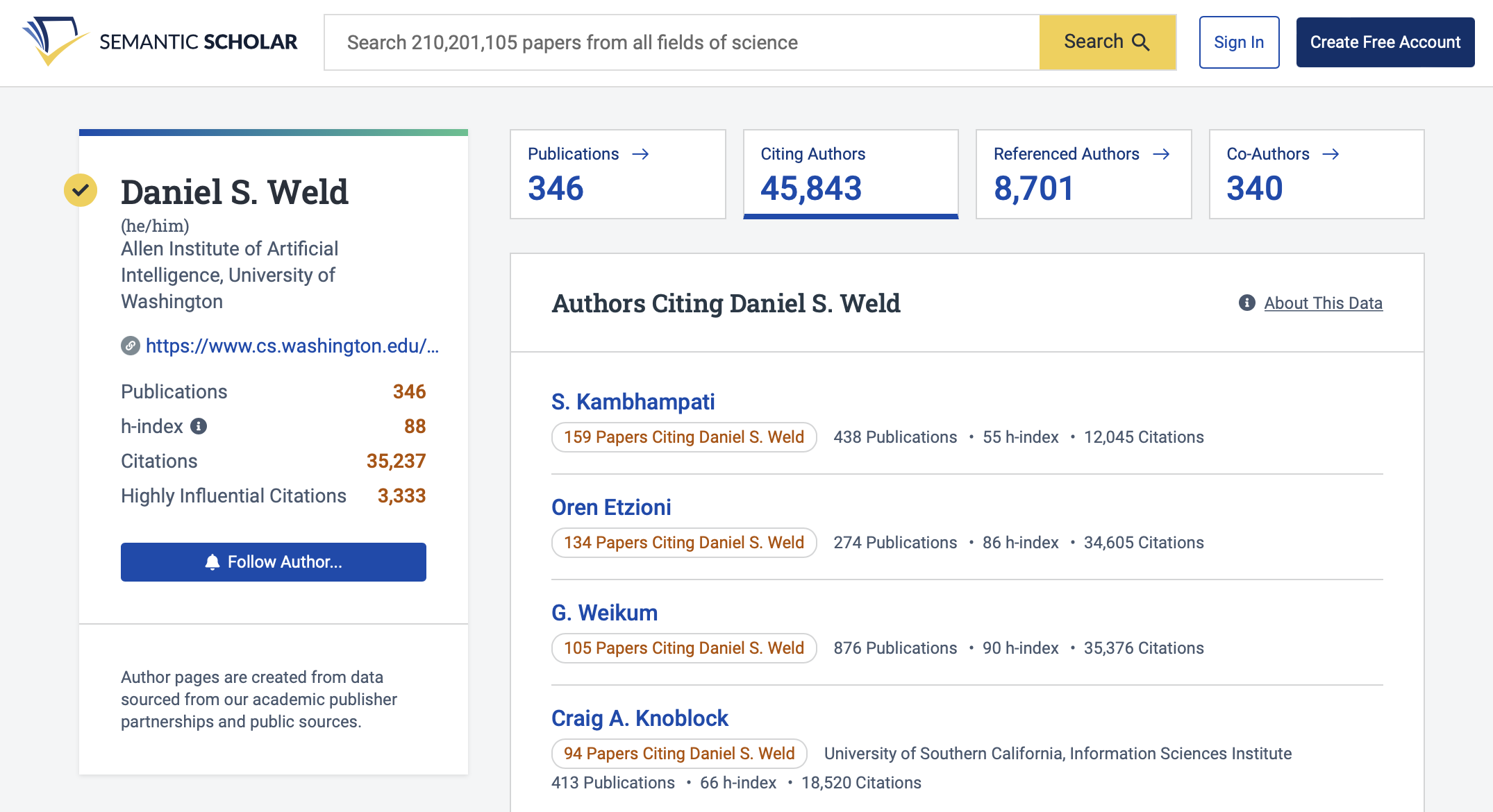Scholar's Hub
Top Engaged Papers from Popular CS Conferences
Welcome to a curated collection of the most engaged-with papers from esteemed computer science conferences: the Association for Computational Linguistics (ACL), Empirical Methods in Natural Language Processing (EMNLP), and the International Conference on Machine Learning (ICML)! Explore these works that are at the forefront of shaping the future of natural language processing and understanding.
This list collects papers published in these conferences that have not only garnered significant page views but have also been frequently saved in libraries on Semantic Scholar. If you have any feedback or suggestions, please contact us.
Last updated: December 21st, 2023




